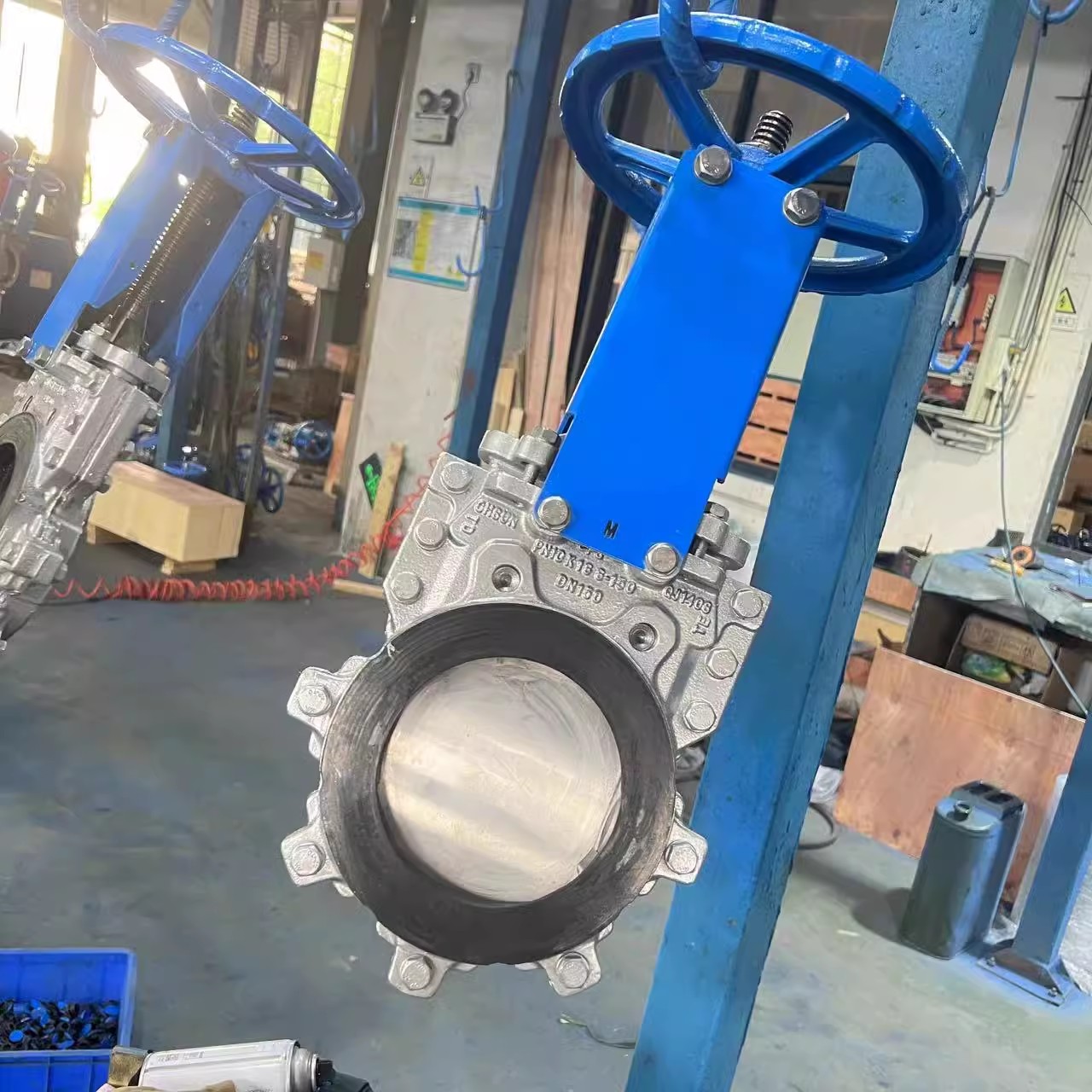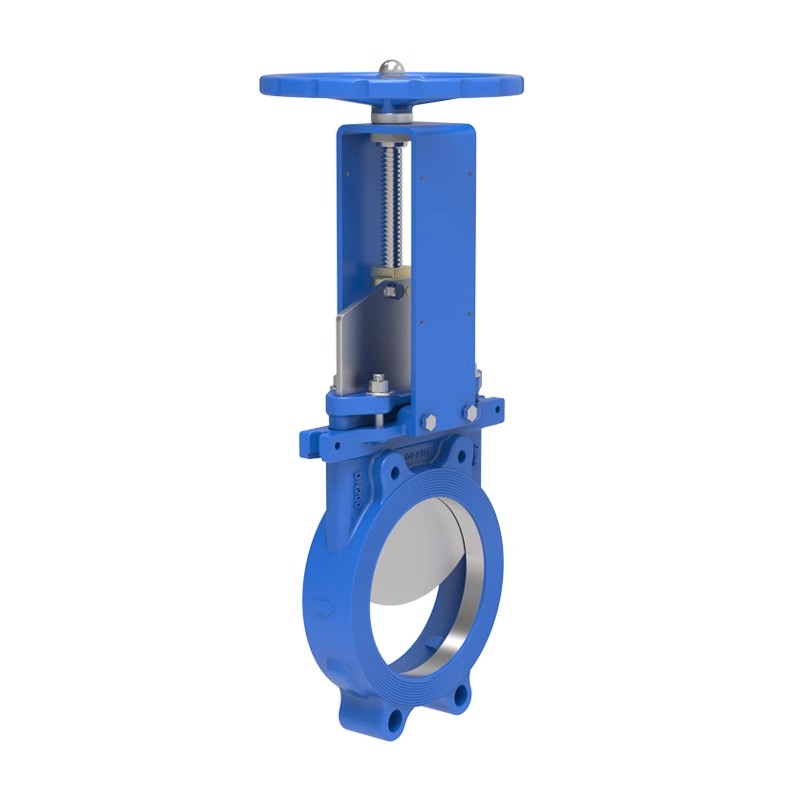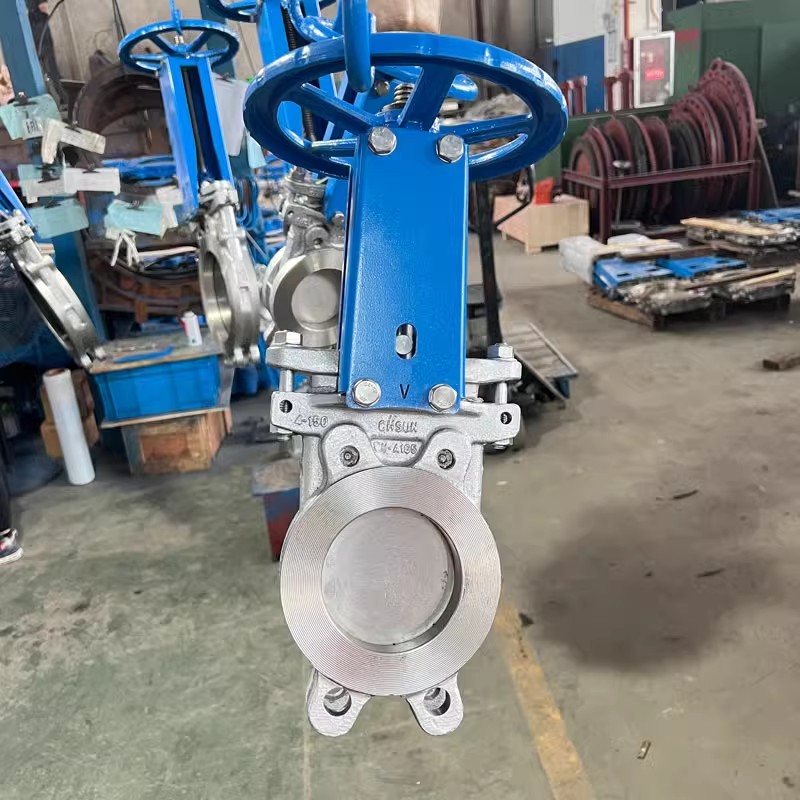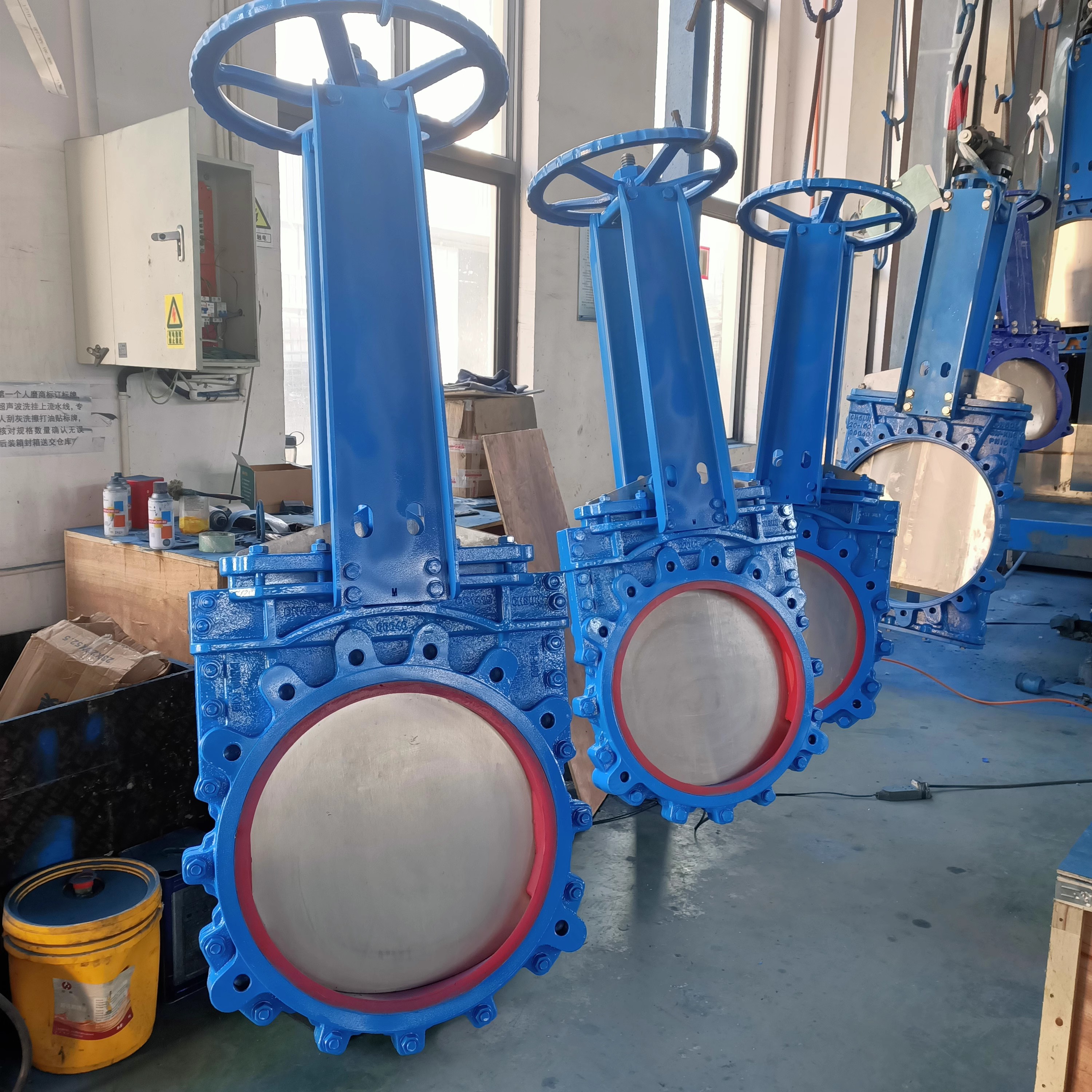Comprehensive Guide to Knife Gate Valve Manufacturers and Benefits
- SZSPSK
- 2024-11-29 18:37
Key Takeaways
Understanding the landscape of knife gate valve manufacturers is crucial for industries relying on efficient flow control solutions. These valves are favored for their ability to handle slurries and other viscous materials, enabling better performance in harsh conditions. The advantages of knife gate valves include their ease of operation, minimal pressure drop, and robust construction, which all contribute to a longer service life. However, some disadvantages exist, such as susceptibility to wear in abrasive environments and potential leakage if not maintained properly.
Manufacturing standards vary by region; thus, options available within Canada should be assessed against specific operational needs. A clear understanding of the assembly processes enhances the reliability of these valves in their applications. Knowledge about market leaders and innovations within this field can guide decision-making for procurement. Evaluation of these various aspects can lead to more informed choices that align with project requirements and operational efficiencies in diverse settings around the globe.
Overview of Knife Gate Valve Manufacturers: Market Leaders and Innovations
The market for knife gate valves is characterized by a diverse array of manufacturers who have established their presence through innovation and reliability. Key players in this industry include globally recognized companies that provide high-quality solutions tailored to various industrial applications. These manufacturers are known for their commitment to advanced engineering techniques and adherence to strict quality control measures. In regions like Canada, local suppliers also contribute significantly to the market, offering customized designs to suit specific needs.
Among the leaders in the field are manufacturers that prioritize the use of durable materials, enhancing the lifespan and performance of knife gate valves. Innovations in valve design, such as the introduction of self-cleaning features and low-friction sealing mechanisms, have set new benchmarks for operational efficiency and maintenance convenience.
To illustrate the prominence of certain manufacturers and innovations in the knife gate valve sector, consider the following table:
Manufacturer | Key Innovation | Primary Market | Location |
|---|---|---|---|
Company A | Self-cleaning technology | Wastewater treatment | Canada |
Manufacturer B | Corrosion-resistant designs | Oil & gas | USA |
Brand C | Low-friction seals | Mining | Australia |
This table highlights how different manufacturers focus on specific innovations that cater to niche markets, indicating a strategic approach towards customer satisfaction. As technological advancements continue to evolve, it is likely that these leaders will sustain their competitive edge through ongoing research and development.
The emphasis on customization reflects a growing demand for solutions that address individual customer needs while maintaining high performance standards. This adaptive strategy aids in preserving market share amidst changing industry dynamics.

Advantages and Disadvantages of Knife Gate Valves: An In-Depth Analysis
Knife gate valves serve specific applications in various industries, offering distinct advantages and some limitations. A primary advantage lies in their design, which allows for efficient operation in both on/off control and isolation. The blade-like gate slices through media, minimizing flow resistance. This characteristic is particularly beneficial when dealing with slurries or bulk materials, where other valve types may struggle. Additionally, maintenance of knife gate valves is generally straightforward due to their simple construction, facilitating easy access to internal components.
Despite these advantages, knife gate valves are not without drawbacks. Their performance can be limited in high-pressure systems or applications involving highly viscous fluids. The design may lead to wear over time, especially when frequently operated under challenging conditions. Moreover, while they effectively handle many solids and slurries, these valves may not provide a perfect seal in every application, particularly against gases or liquids. This factor can potentially result in leakage issues that compromise system efficiency.
The selection of knife gate valves must involve careful consideration of the specific operational requirements and conditions present within a system. Evaluating these advantages and disadvantages will help users make informed decisions while choosing the right valve for their applications.

Assembly Processes for Knife Gate Valves: Step-by-Step Guide
The assembly process of knife gate valves requires precision and adherence to engineering standards to ensure optimal performance. Begin with gathering all necessary components, including the valve body, blade, seat, and actuator. Verify that all parts meet the specifications provided by the manufacturer, as variations can lead to operational failures.
Secure the valve body on a stable surface. Position the blade for proper alignment within the body, ensuring that it moves freely without obstruction. Install the seat into the valve body, which serves to seal off flow when the valve is closed. Care must be taken to avoid any debris or foreign materials during this stage, as these can compromise sealing capabilities.
With components prepared, proceed to connect the actuator. This device enables remote or automated control of valve operations. Fasten it tightly to ensure there is no movement during operation. Finally, perform a thorough inspection of all connections for leaks or misalignments before testing the valve under controlled conditions.
Regular maintenance and inspections post-assembly are crucial for longevity and reliability. Following these assembly steps diligently allows users to maximize their investment in knife gate valves, beneficial in various industrial applications such as water treatment, mining, and chemical processing.

Regional Insights: Knife Gate Valve Options in Canada and Beyond
In Canada, the demand for knife gate valves spans various sectors including municipal water systems, mining, and industrial processing. Numerous manufacturers are active in the region, providing a range of valve solutions tailored to specific operational environments. Local industries often require knife gate valves designed to withstand harsh conditions while offering reliable performance. The advantages of these valves include their ability to handle slurries efficiently and the ease of maintenance, making them desirable for facilities that prioritize operational uptime.
Notably, companies in Canada focus on producing knife gate valves that comply with rigorous standards for quality and safety. These manufacturers often incorporate innovative materials and designs that enhance durability and functionality. While knife gate valves present significant benefits such as low torque requirements and straightforward operation, potential disadvantages also exist. For instance, they may not be suitable for all fluid types, particularly those containing large solids that could obstruct the valve's blade.
The regional landscape indicates a trend towards customization where manufacturers cater to specific industry needs by offering bespoke solutions. This adaptability enhances efficiency in water treatment plants or mineral processing facilities—a clear advantage in a competitive market. Buyers must consider both the technical specifications and manufacturer reputation when selecting a valve suitable for their applications. The ongoing focus on sustainability further influences purchasing decisions as industries seek longer-lasting products with minimal environmental impact.
Accessing superior technology and innovations from both local and international manufacturers allows Canadian industries to enhance their operations significantly. This trend highlights the importance of understanding market dynamics when exploring options for knife gate valves, ensuring informed decisions that will optimize performance over time.
Conclusion
Knife gate valves serve critical functions in various industrial applications. Their design, characterized by a knife-like gate that slices through the medium, offers advantages such as low friction, making closure quick and efficient. Industries often prefer these valves due to their ability to handle bulky solids and slurries without clogging. However, there are limitations to consider. The pressure resilience of knife gate valves may not match that of other valve types; thus, they are usually suited for low-pressure systems.
In terms of assembly, it is essential to follow specific protocols to ensure functionality and longevity. Proper guidance during assembly can significantly reduce the chances of malfunctions or leaks.
In Canada and across different regions, local manufacturers have made significant strides in providing cost-effective solutions tailored for varied climate conditions and operational needs. Knowledge about regional offerings can help users select the right valves for their specific applications, enhancing overall system performance. Awareness of the array of options available enables informed decision-making that aligns with both technical requirements and budget constraints.

FAQs
What are knife gate valves?
Knife gate valves are a type of valve commonly used in various industries, designed to isolate flow or control the flow of fluid. Their distinct construction features a sharp-edged gate that slices through the flow, making them ideal for handling slurries and solids.
What are the advantages of using knife gate valves?
Knife gate valves offer several advantages. Their design allows for easy operation and sealing against pressure. They can handle large flow volumes with minimal resistance, making them efficient for many applications. Additionally, their maintenance is generally straightforward due to fewer moving parts.
What are the disadvantages associated with knife gate valves?
Despite their benefits, knife gate valves have some disadvantages. They may not seal as effectively under certain conditions compared to other valve types, leading to potential leakage. Additionally, their performance can be less optimal in applications requiring throttling or precise flow control.
How are knife gate valves assembled?
The assembly process of knife gate valves involves several critical steps including securing the valve body and aligning the blade. Start by positioning the blade within the body and then attaching the actuator mechanism securely. Proper alignment ensures efficient functionality and prevents wear.
Where can I find reliable knife gate valve manufacturers in Canada?
In Canada, there are several reputable manufacturers that specialize in knife gate valves. Leading companies typically offer a range of products tailored to different industrial applications, ensuring compliance with local standards and regulations.
What types of industries commonly use knife gate valves?
Knife gate valves find widespread application across multiple industries including water treatment, pulp and paper manufacturing, mining operations, and food processing sectors. Their ability to manage viscous materials makes them versatile tools in these areas.
Are there specific certifications I should look for when purchasing from manufacturers?
Yes, when selecting knife gate valve manufacturers, it is advisable to check for certifications such as ISO 9001 for quality management systems or industry-specific accreditations that ensure compliance with safety and operational standards.





